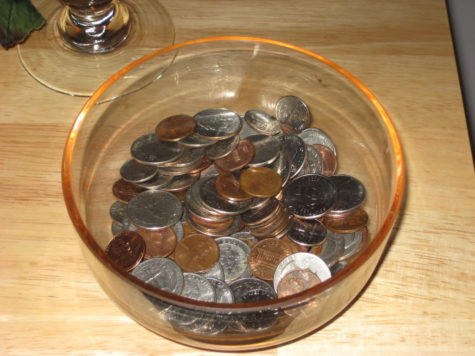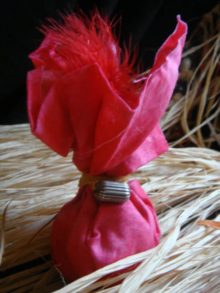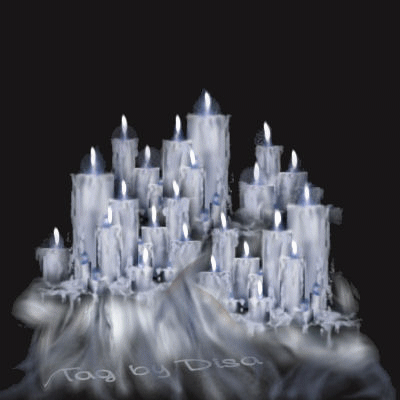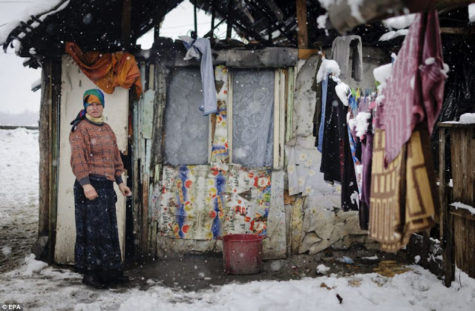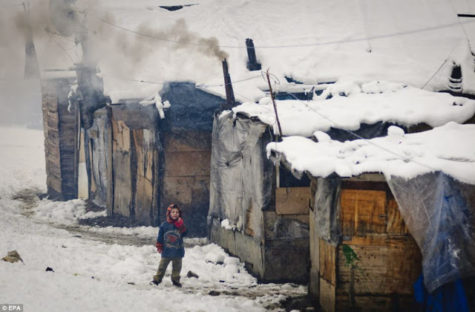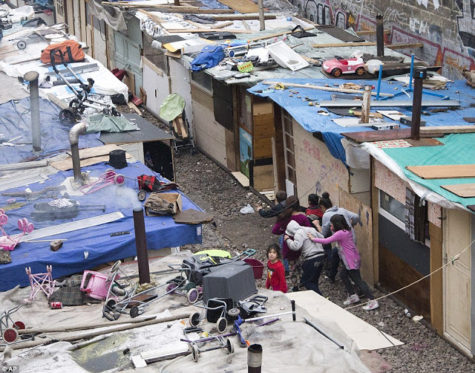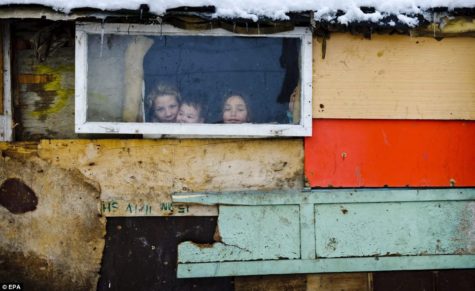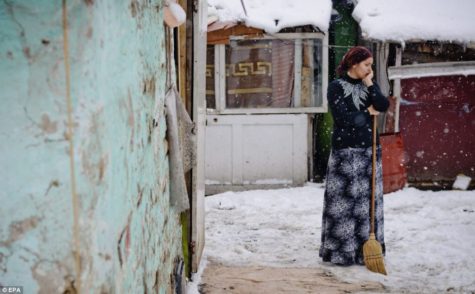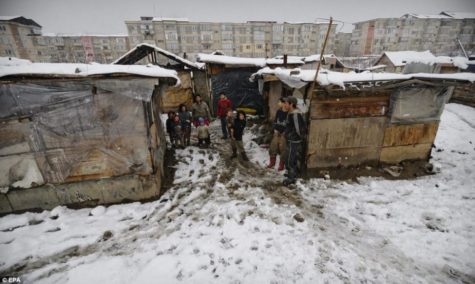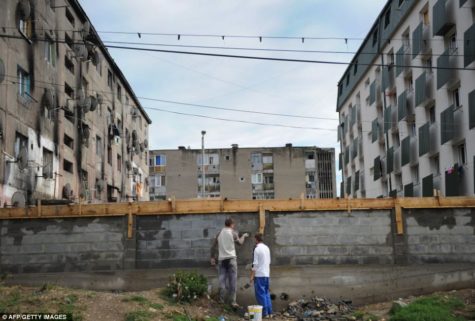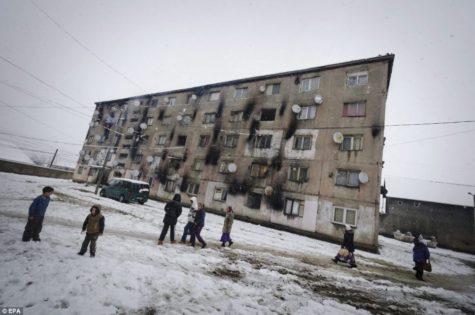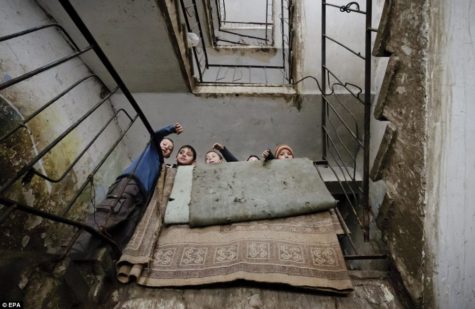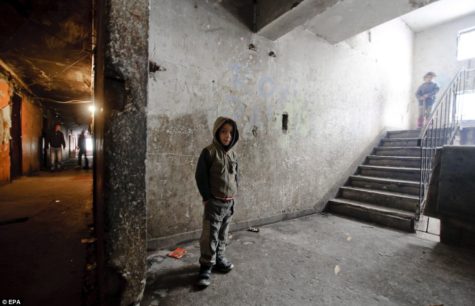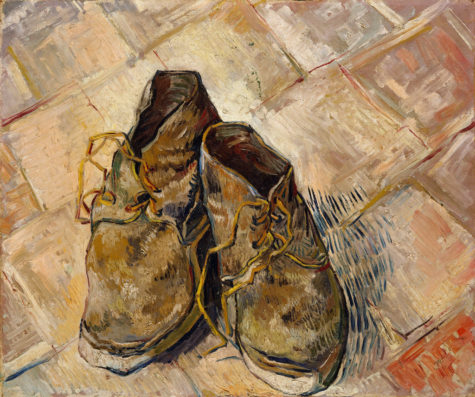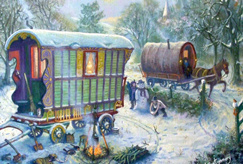Yearly Archives: 2017
Romany Money Spell
Place a small bowl or cup in a place you will see it every day. Hold 3 coins of any denomination in your dominant hand and say:
Trinka Five, Trinka Five,
Ancient spirits come alive.
Money grow and money thrive
Spirits of the Trinka five.
Toss the coins in the container. Repeat the spell daily, tossing 3 coins in the dish each day for nine consecutive days. Then continue doing the spell once a week until you have the money you need.
Gypsy Spell To Have An Object Returned
These are easy remedies that will help you to regain an object that someone has failed to return.
Pick a convenient time of day when you will be able to sit undisturbed for five minutes. Use the power of your will to bring the object back to you. If your will is strong, the thief will begin to feel uncomfortable, and will finally bring the missing item to you.
Another method is to place an iron nail on a window-sill. It should be pointed north, south, west, or east, in whichever direction the person who has the object lives. Simply will the object back every time you look at the nail. When the object has been returned the nail should be buried or restored to the tool kit it came from.
Another Romany remedy is to place a rose beside an object similar to the one that is missing. Love, symbolized by the rose, will prick someone’s conscience and the object will be returned. Because you want the person’s conscience to be pricked – be sure the rose is NOT a thornless variety.
From: The Good Spell Book
Needle Luck Magick
A needle that is accidentally dropped and then found poking upward foretells a visitor before the end of the day. The needle should be picked up and kept. As they say:
Find a pin, pick it up
And all day long you’ll have good luck.
To extend your luck for longer than one day, place the needle in a vase of fresh water and fresh flowers. The essence of the flowers will energize the luck in the needle, and your luck will last longer than the flowers.
When the flowers die, discard them as usual, empty the water, and put the needle in your sewing kit as a reminder of your good luck.
From: The Good Spell Book
Gypsy Pouches and Mojo Bags
 Magickal pouches are found universally. Australian aboriginals, Amerindian shamans, Voodoo Bokos, African medicine men, European wisewomen – all employ pouches stuffed with various ingredients that they feel bring health, wealth, luck (good or bad), and/or protection. They may be called wanga, gris-gris, mojo bags, or whatever.
Magickal pouches are found universally. Australian aboriginals, Amerindian shamans, Voodoo Bokos, African medicine men, European wisewomen – all employ pouches stuffed with various ingredients that they feel bring health, wealth, luck (good or bad), and/or protection. They may be called wanga, gris-gris, mojo bags, or whatever.
The Gypsies, too, make and carry such items. Depending on the purpose, so do the contents vary. The name for a Gypsy pouch is “putsi,” the real meaning of which is “pocket.”
For love, the Romanis make little bags of red silk, which they fill with rose petals, acorns, a piece of amber, cinnamon, two cloves, a bean, a piece of orris root, and a silver or gold coin. This is worn next to the skin. Occasionally they use small chamois leather pouches rather than silk.
Some Gypsies also include such items as a small bird’s feather, a piece of lemon peel, lavender, a wedding ring (perhaps the mother’s or grandmother’s), and a small piece of coal. Many Gypsies have two pouches. One is the silk one, which hangs around their neck, and the other is the leather putsi, which they hang from their belt. Into this second one it is easy to slip any new item that is spotted and recognized to be of value. I do this myself. Always keep your eyes open … you never know when you might spot something that could be a very powerful amulet.
Gypsy Mojo for Love
Collect a few rose leaves and petals, three or seven apple or pomegranate seeds and a small gemstone, which can be turquoise, emerald, or aquamarine (this doesn’t have to be genuine; if you really can’t obtain one, use colored glass).
Also gather a heart-shaped object (maybe a charm or a naturally shaped stone), a feather from a dove or pigeon or gathered from any used bird’s nest (but only if the nest has been abandoned because the chicks have flown).
If there is someone you particularly want to attract, include some dirt over which they have walked; alternatively, a scrap of clothing or something like a tissue that they have used will work. This only needs to be a thread or the tiniest thing.
Tie the leaves and feather together with a cord plaited (braided) from red, orange and pink thread. Put together with the other objects into a pink drawstring bag. Perfume with rose or musk oil.
From: Gypsy Magic
Increase Money – Decrease Money Problems
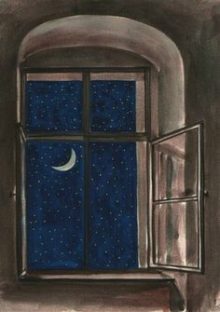 Here is a simple charm to Increase Money and Decrease Money Problems:
Here is a simple charm to Increase Money and Decrease Money Problems:
On the night of the crescent moon, place a coin on a windowsill with the head facing up. This encourages money to increase.
Leave it there until the moon is full, then flip the coin so the tails side is facing up. This encourages money problems to diminish.
Then, keeping in harmony with the moon phases, finish the spell by removing the coin on a new or full moon.
Hints and tips:
Any coin can be used for this charm. Wash the coin first in warm soapy water, and then rinse with fresh cold water. To increase the effectiveness of this spell, use a silver dollar, or a coin that has significance to you – such as a quarter from the state in which you live, or a coin minted the same year you were born, etc.
From: The Good Spell Book
Urgent Money Spell
The Romanies say that when money is urgently needed by a certain date, this spell works wonders. One thing to remember: it must be performed at the witching hour of midnight.
Take one white votive (or tea light) candle to represent each $100 or $1,000 that you critically need. Stand them on a plate you often eat from.
At a quarter to midnight, sit in a room with no electric lights. Light a gold or silver, green or white candle (not one of those representing the needed money). This is the candle that will give power to the “money” votive candles and will enable you to see what you are doing.
Now work your magic. Pray for a circle of gold light to be placed around you for protection and for a circle of blue light to be placed around you for healing.
Pick up a votive candle and light it from the main candle flame. As you do so, say that the votive you are lighting represents the $100 or $1000 you need. Place on the plate to begin a circle of “money” candles.
Light each votive, and say the same words for each, until the circle is complete.
Say a prayer explaining that you are not being greedy; that the money is necessary. Leave the candles to burn out of their own accord. The money will soon start winging its way to you.
Found in:
The Good Spell Book
Romani Realities
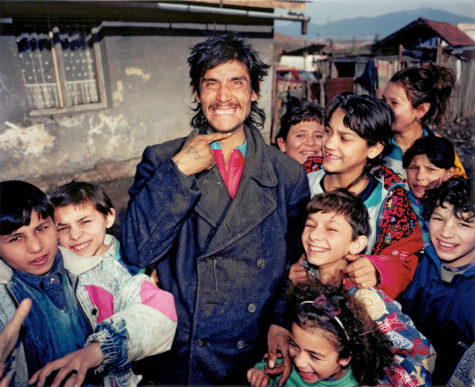
It is easy to find images of the gypsy portrayed in vibrant colors, airy skirts and head scarves, but this is a personification of the abstract. This post serves as a grim reminder of what is all too often the harsh reality of Romani life in today’s world.
Approximately one million Roma lived in Europe before the second World War. The largest community which totaled about 300,000, was actually in Romania. This population was known for leading a nomadic life, and their employment included trading, wood and other crafting, merchants, laborers, and of course, musicians. Today, there are “officially” 620,000 Roma living in Romania; however, this is a controversial estimate, as leaders indicate their may be between 1 to 3 million in population. It is believed that the controversy in numbers exist from discrimination, as the gypsies often do not acknowledge their actual ethnicity.
The Roma have existed through a long and sometimes violent history which has kept this population as largely misunderstood. They have been characterized as social outcasts and through the existence of extreme poverty, they have been known as thieves and beggars. This has forced the majority of Roma Gypsies to live in very harsh conditions – has affected them mentally, spiritually, physically and economically – for generations. The reality for these folks today, particularly in northern Romania, is that they are living in make-shift houses constructed of old boards and plywood, and there are apparently political and cultural clashing and extenuating ramifications for which there has been no solution.
Romania is not the only country which hold disdain for this population, as the gypsy culture is steeped ‘twixt and ‘tween all of Europe, (Great Britain, Italy, Spain, France are currently “problem areas”), Russia and pretty much around the world.
According to Spain’s Guardia, no less than 95% of thievery crime is committed by gypsy children who are under 14 years of age, and due to this minor status, they are forced to release them back into the community, at large.
As depicted in the photos below, dailymail.uk gives the story of a mayor building a wall around an area where the gypsies live, along with many pictures of current living conditions in which the Roma exist today.
Craica has no sewerage, indoor water or power supplies, and ramshackle huts lie between heaps of rubbish. Some residents admit to drawing electricity cables from nearby blocks. Even so, there are many who want to stay and are resisting being moved.
‘I lived here for the last 20 years. My woman died here and I want to also die here,’ said 59-year-old Trandafir Varga, one of the oldest residents and a community leader, surrounded by younger Roma who nodded their head in approval.
‘There, we would be isolated. Here, we have horses, pigs,’ Varga said. ‘It’s like a concentration camp there at Cuprom, we aren’t going there. We want to stay outdoors and cannot stay in blocks.’
According to Catalin Chereches, this was part of a grand scheme to improve the lives of deeply impoverished families in the northern Romanian town who have been struggling to survive for generations.
About 980 Roma lived in Craica before the rehousing started in June. Some 100 families have so far been relocated to three administrative buildings of the former plant.
However, human rights groups claim that the 33-year-old Vienna-educated economist is racist. They have accused him of imprisoning the population in a ghetto and making their plight even worse.
‘This is completely wrong. We need to find solutions that integrate, not segregate,’ said Dezideriu Gergely of the European Roma Rights Centre. ‘There is a danger because dealing in such a manner with Roma issues only triggers the resentment and prejudices that already exist.’
Craica is a sharp contrast to the rest of the city, which has a well-preserved medieval center generously dotted with gothic churches, cafes and artisan shops.
Some Roma from Craica work as garbage collectors for the municipality and some at a furniture plant. Most are jobless, seasonal laborers or eke out a living from selling scrap metal.
Living conditions are so grim that many of those who have been moved say they are thankful to Mr Chereches, even though their new housing at the Cuprom offices leaves much to be desired, with only two bathrooms on each floor of several apartments.
‘I lived in a single room with six children and my wife at Craica,’ said 40-year-old Sandu, a seasonal construction worker rehoused to a small apartment with wooden furniture and an LCD television, bought with his own money. ‘My wife is jobless. I thank the mayor for giving me this place.’
Photographs shot in the heart of the slum – and at a dilapidated communist-era blocks where some of the families have been rehoused – show scenes of appalling poverty with families struggling to survive in temperatures which can plummet to -26C.
The concrete wall measures 1.8 metres high – built on an embankment, it appears much higher when you are inside the slum.
It is constructed on one side of a Roma neighborhood of crumbling apartment blocks, but because it links with other buildings and walls, it encloses the area with few access points. Mr Chereches says it was built to keep children safe from a main road.
He claims living conditions have improved by moving families away from a slum where naked children play in the dust with stray dogs and cats. But it still keeps Roma separate from other people and lacks space and bathrooms.
‘It’s clear, conditions there are not similar to the Hilton or Marriott. But this doesn’t mean this is not a step forward towards their civilization and emancipation,’ Mr Chereche explained in his tidy and modest office.
Faced with such conditions, it is hardly surprising that many Romanians say they would like to move to Britain in January 2014 when they gain the right to live and work unrestricted under European ‘freedom of movement’ rules.
Sources: Vermont Deadline and Daily Mail
Romany Valentine’s Day Divination
By tradition many species of birds begin pairing off at this time. The Romanies say that if you are unattached, a bay leaf placed under your pillow on St. Valentine’s Day will induce you to dream of the person you will marry.
From: The Good Spell Book
Stomping Out Problems
Here is a spell to remove a problem. Write the problem on the sole of an old shoe. Put the shoe on, stomp on the problem three times, then take the shoe off and burn it in a fire.
Found in:
The Good Spell Book by Gillian Kemp
